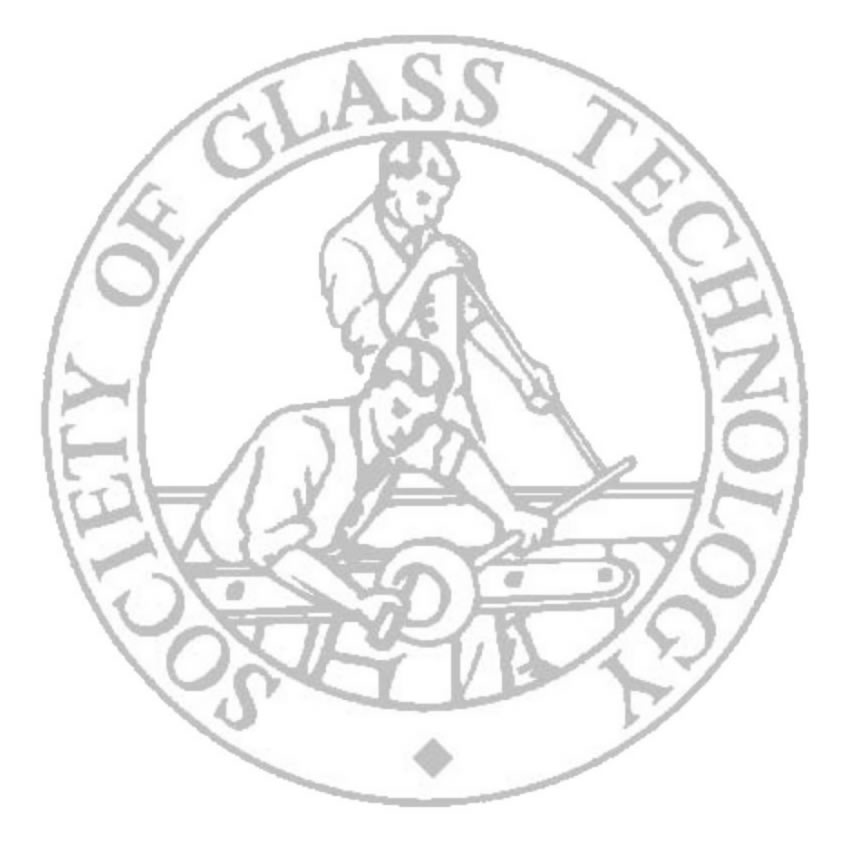
Cambridge 2008
|
Mr Robert Moss , University of Kent
Diffraction has been the mainstay of structural studies of amorphous and glassy materials. With the constant development of instrumentation there is a need for innovation in analysis software to ensure that the data is used to its full potential.
The current method of determining the structure of such materials is to Fourier transform the corrected Q-space data and to fit Gaussian or analogous peak functions to the resulting pairwise distribution. NXFit is a new code that automates this fitting procedure. The pair distribution functions are formulated, piece-wise, in Q-space, summed and Fourier transformed to compare with the real-space data. The software performs a simplex search by varying the structural parameters, within user specified bounds, to minimise χ2.
Researchers in the field of complex amorphous materials, such as multi-component oxide glasses, often use a combination of X-ray and neutron diffraction to isolate atomic correlations because there is a contrast in the relative scattering power of the constituent atoms between the two methods. NXFit is capable of fitting neutron and X-ray diffraction data simultaneously, realising a more robust final model of the materials’ structure.
The development route and running process of the software will be discussed, and illustrated with some results that have come from its use.
Back to New Researchers Programme
| SGT Home page |